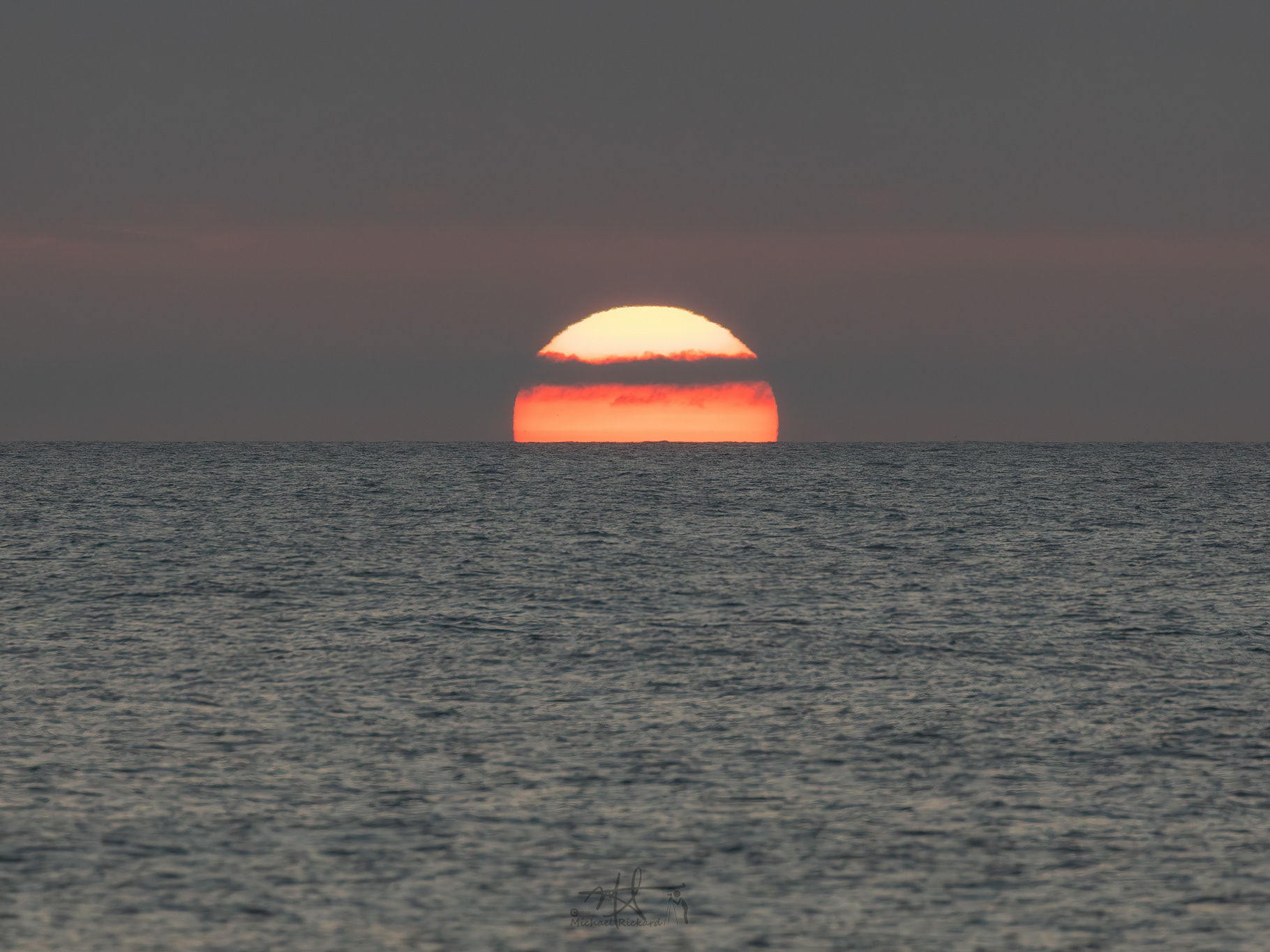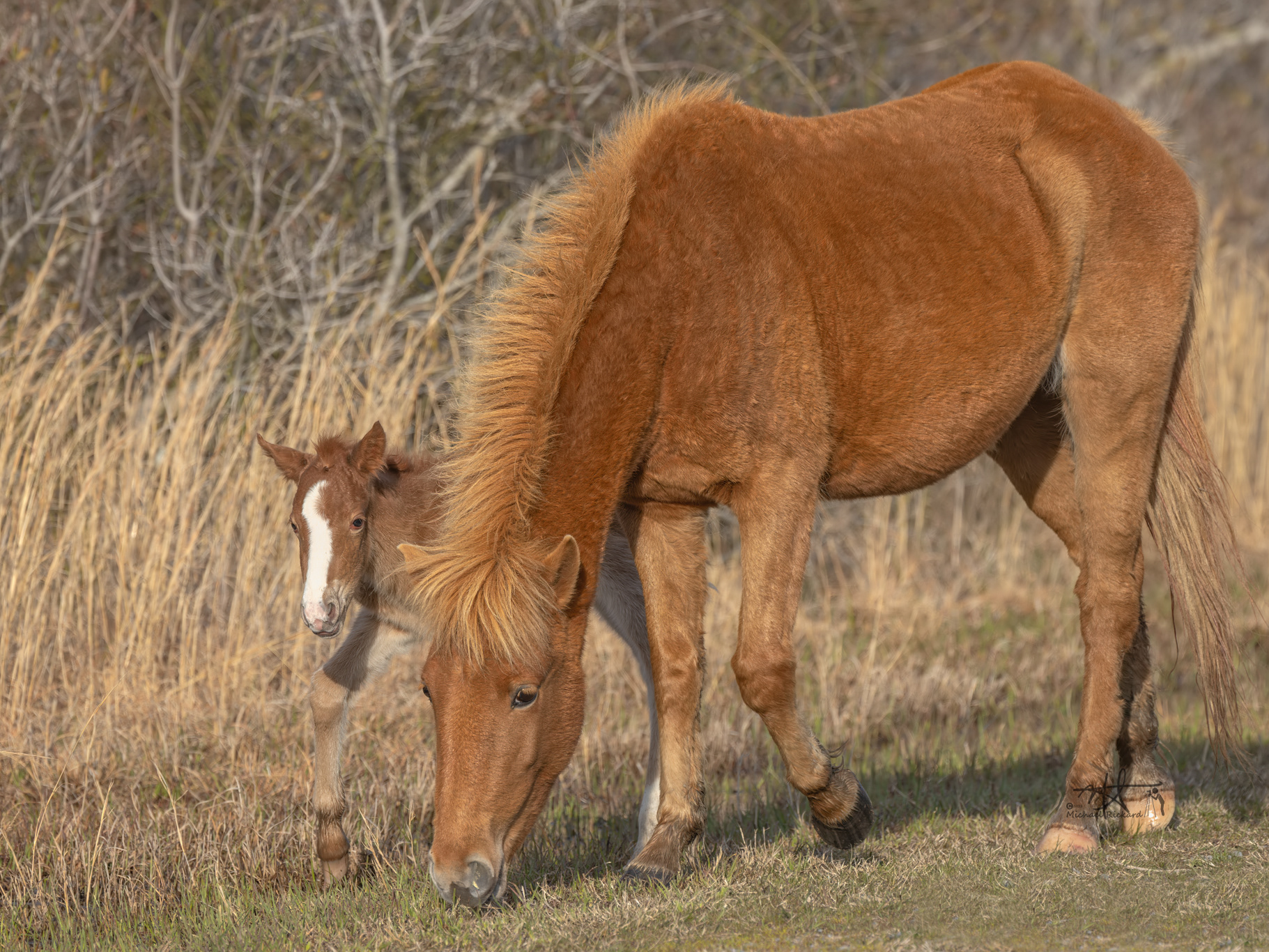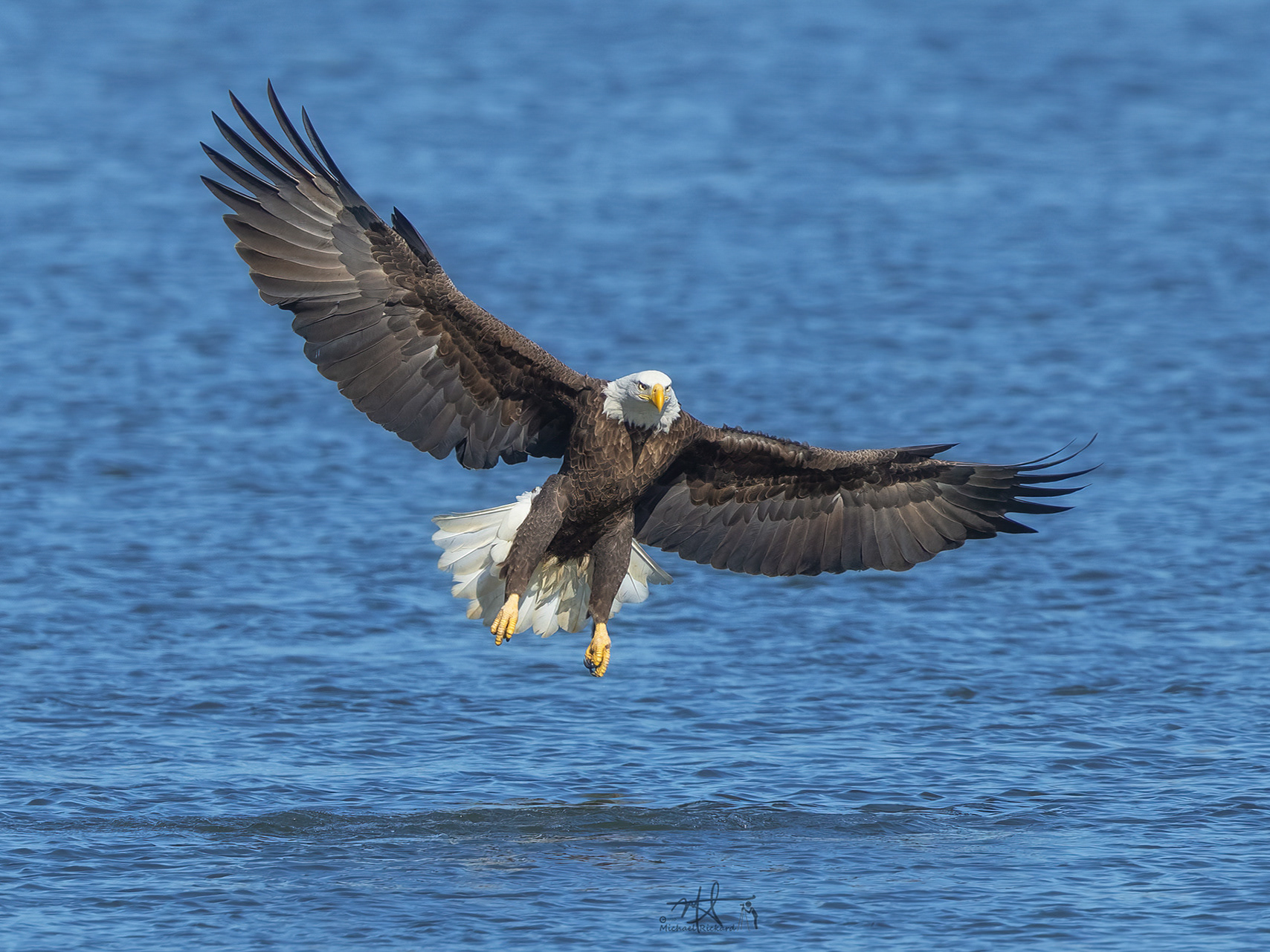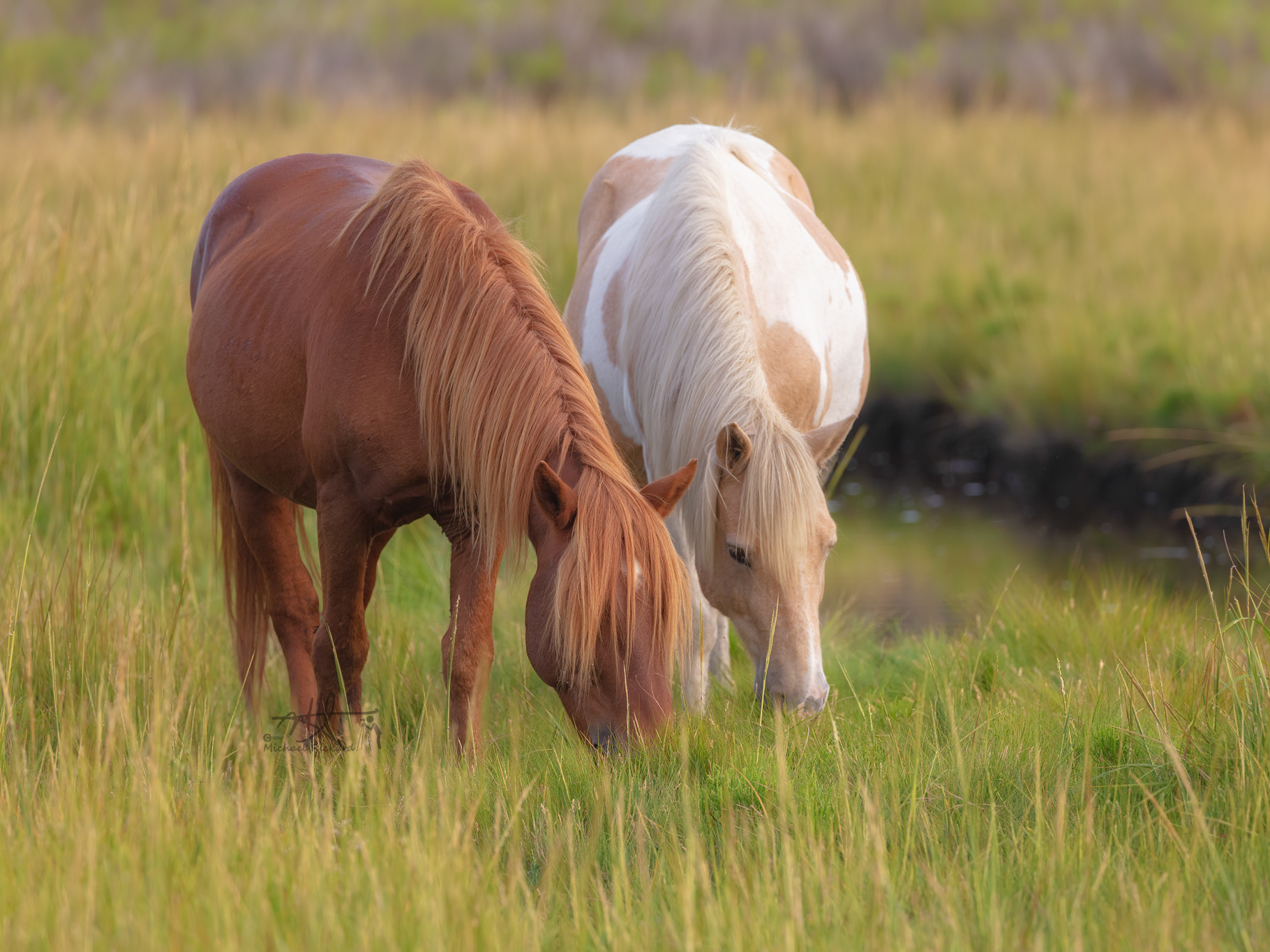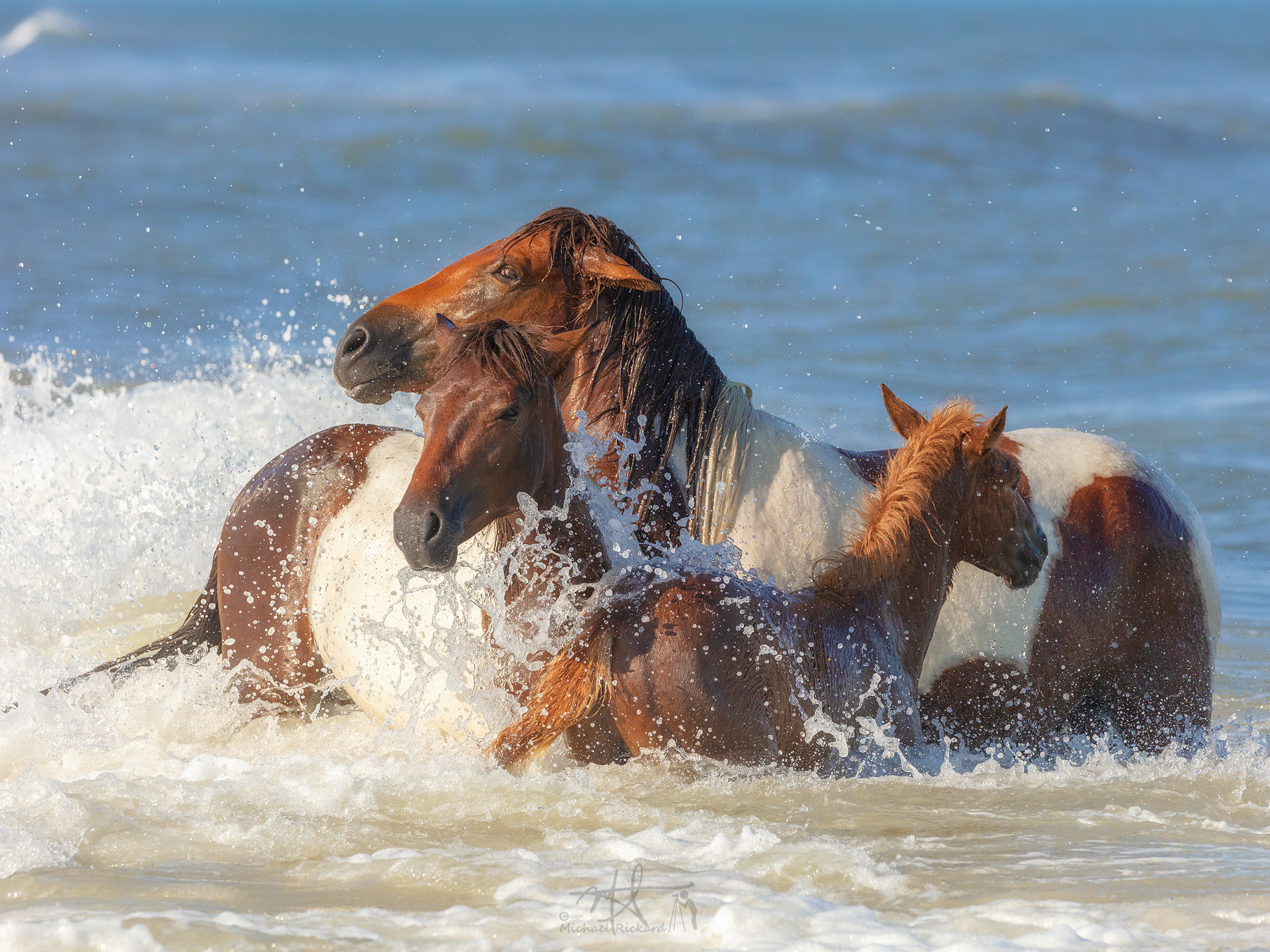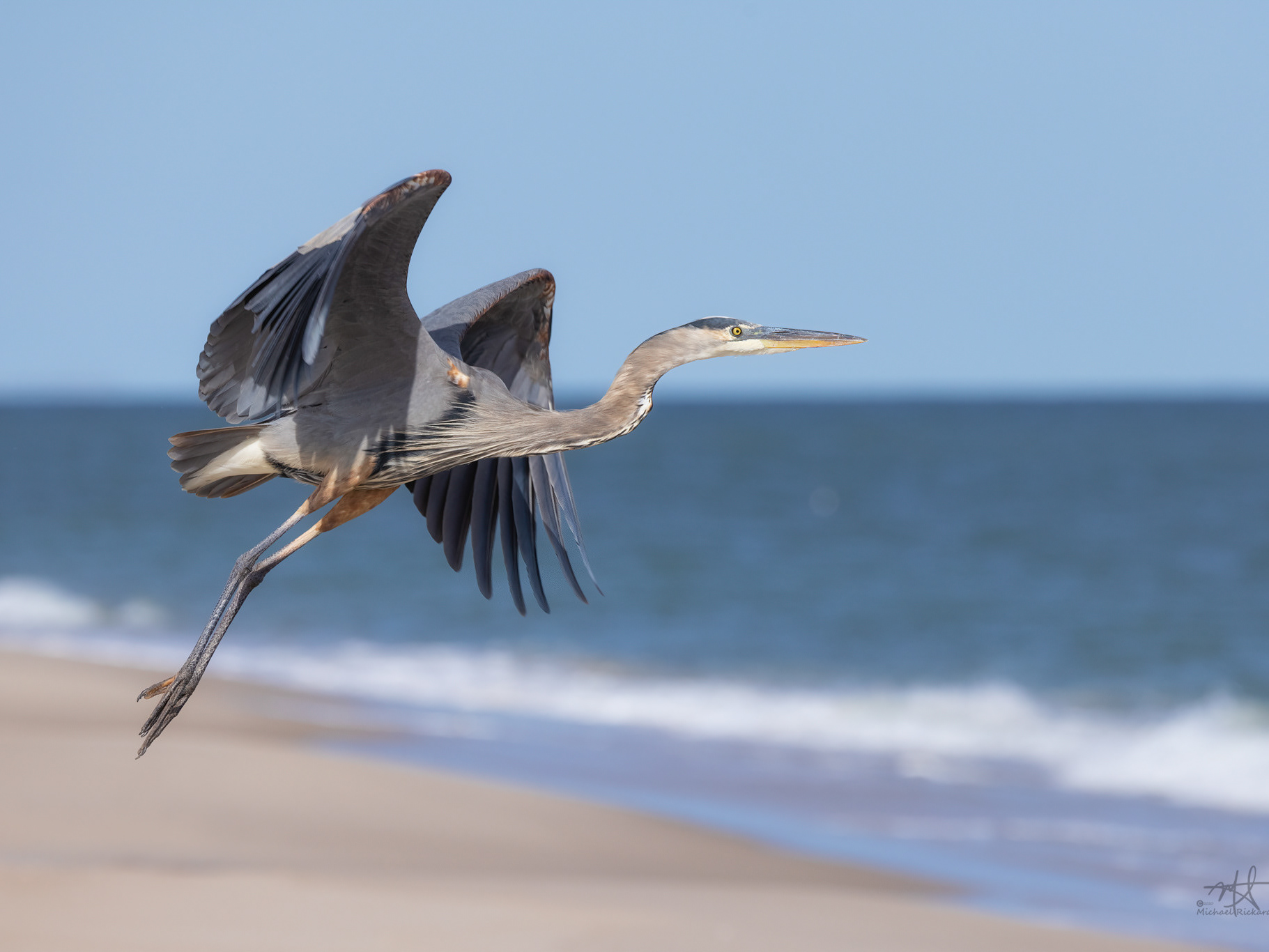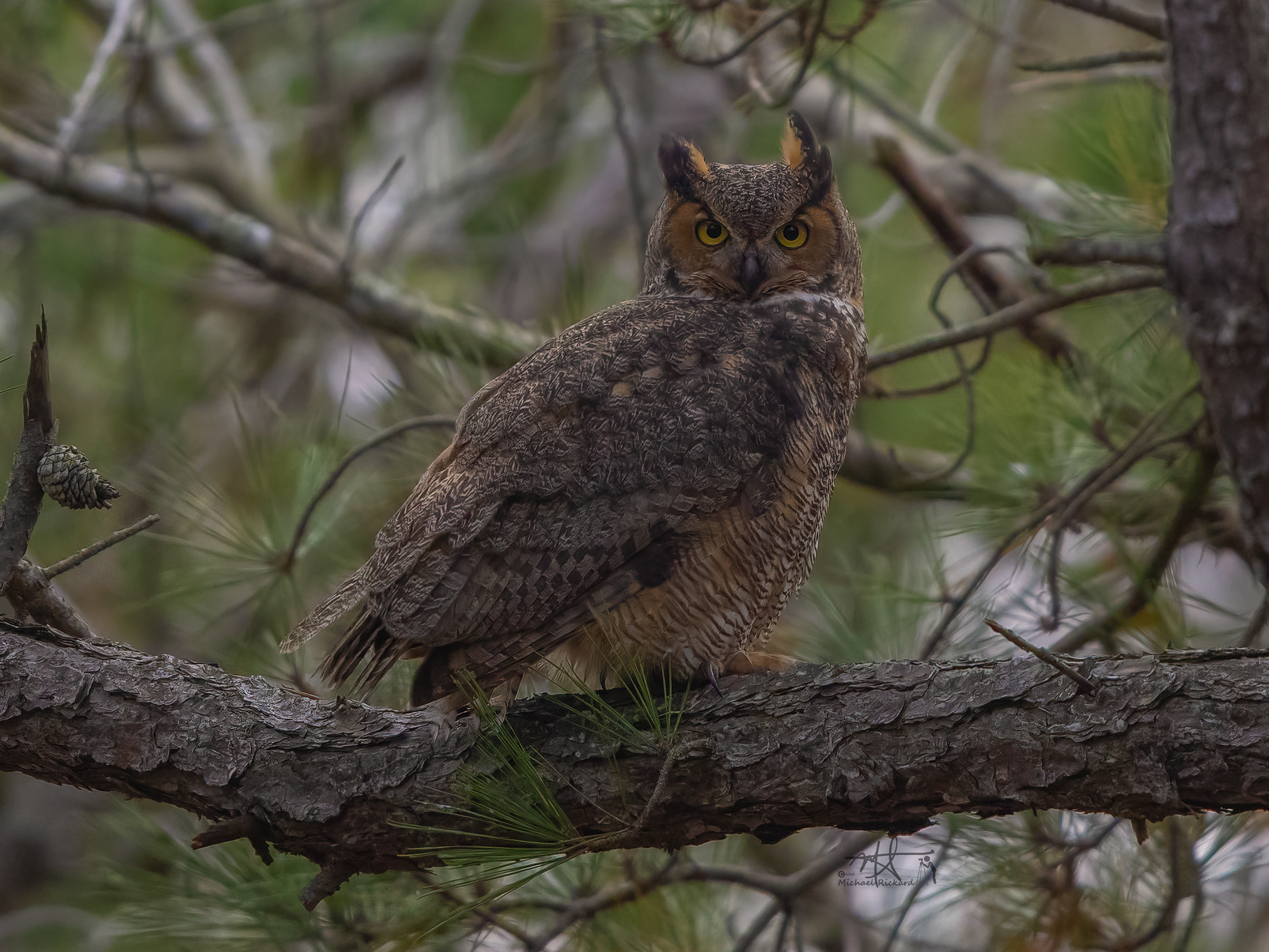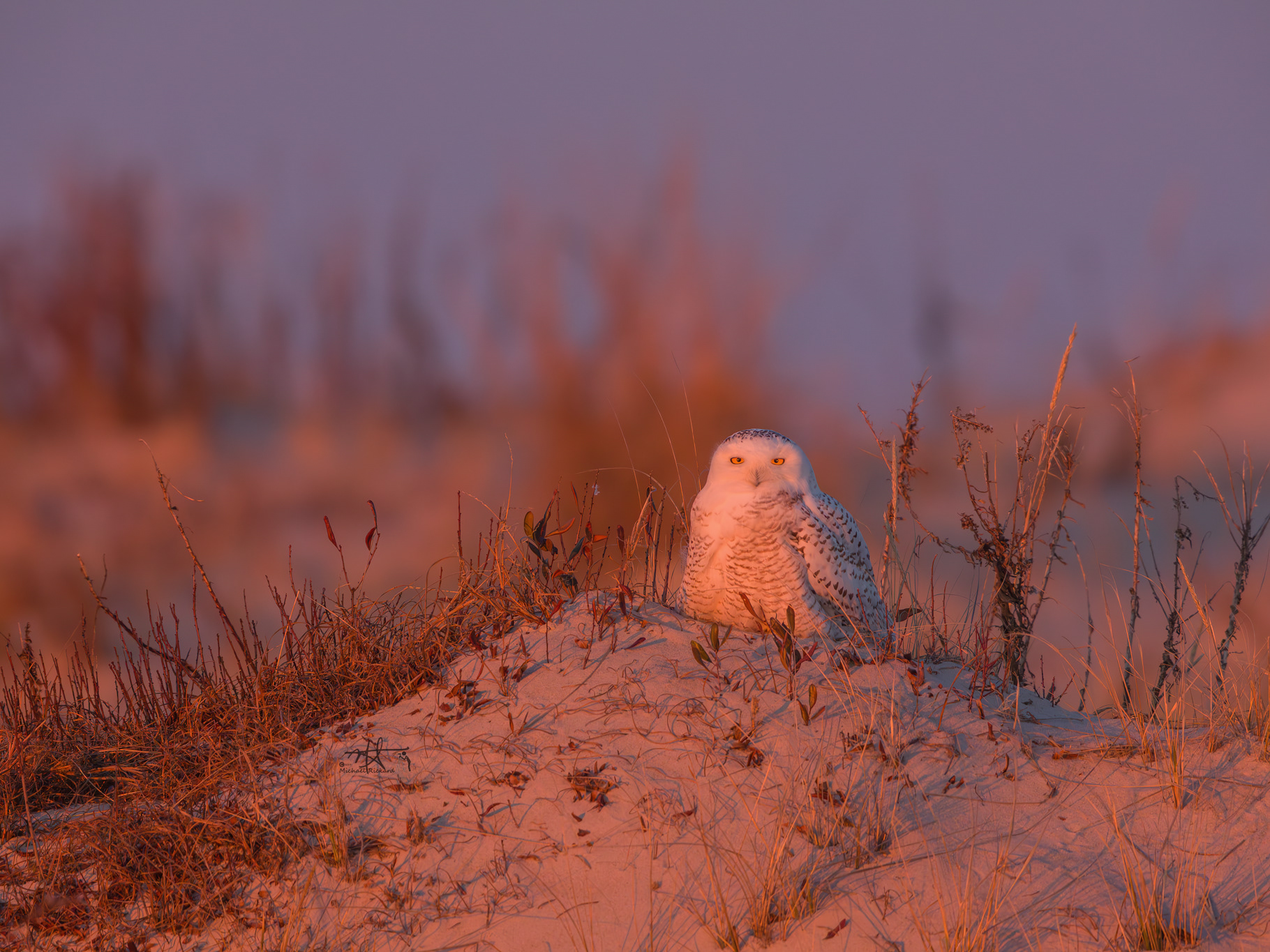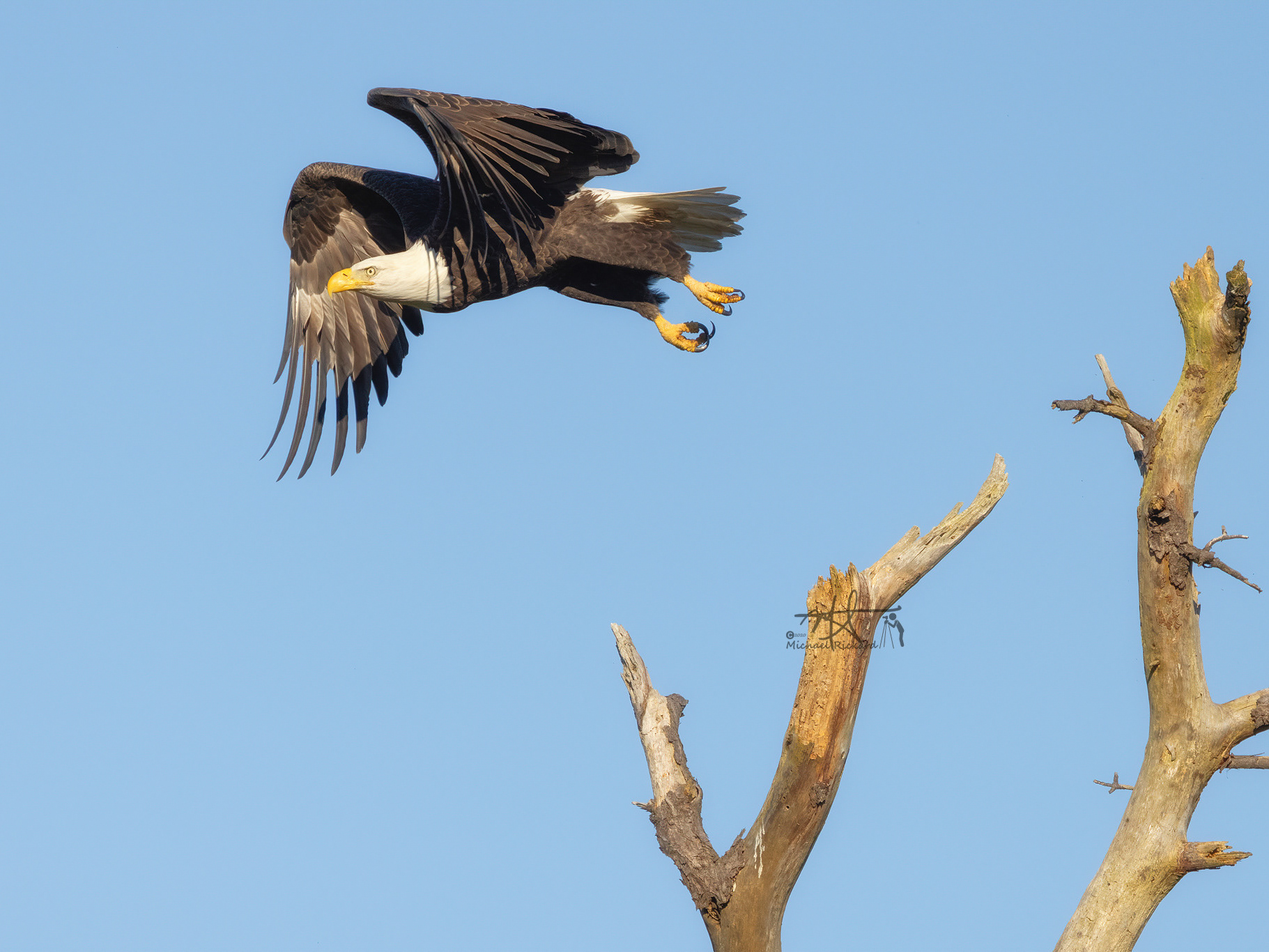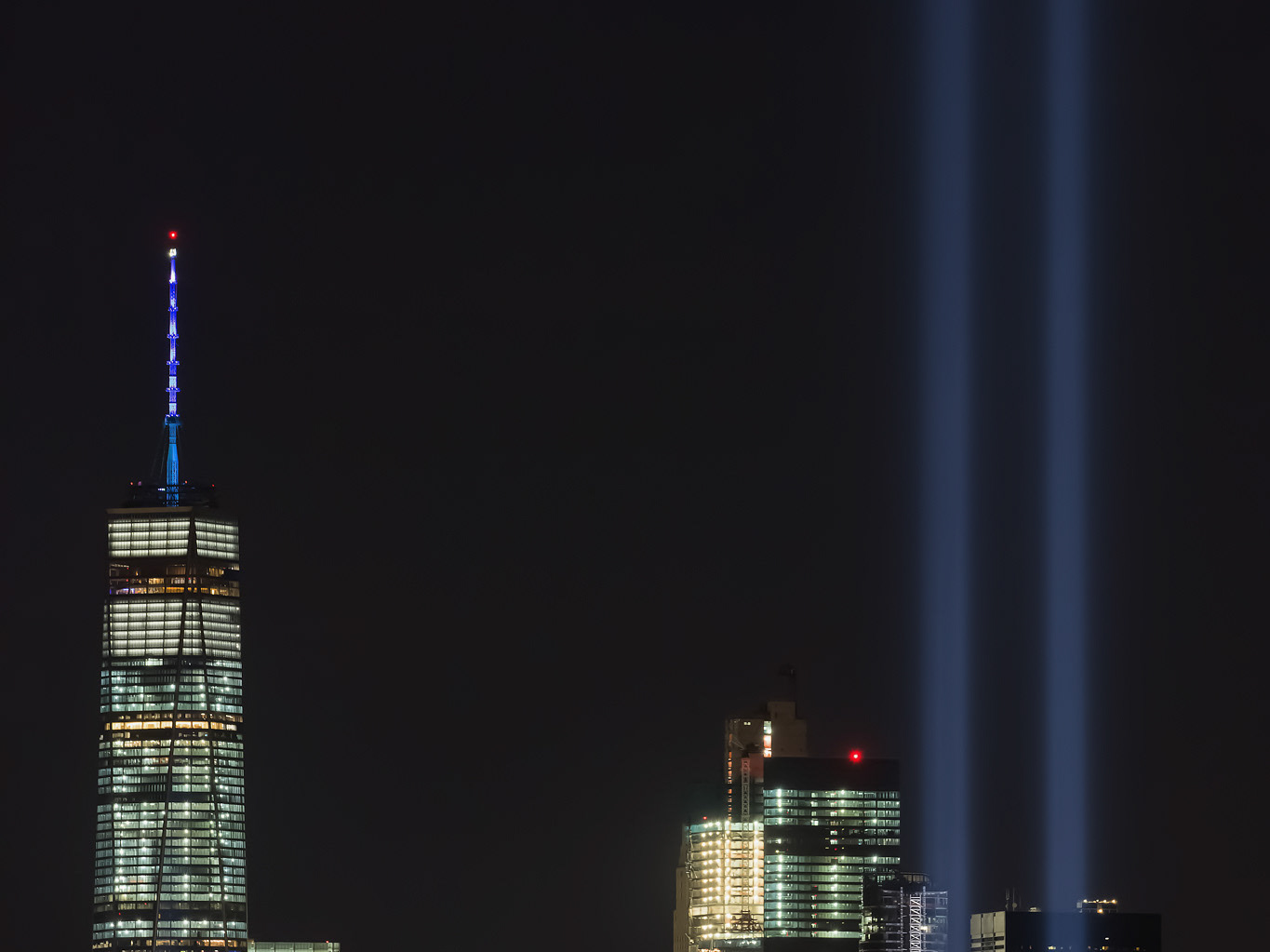I always wanted to get out at night and photograph the milky way and stars, but I just never seemed to find the time. It’s also hard to be inspired here on the shore as I have a difficult time finding interesting foregrounds with it being so flat. Maybe that’s just an excuse, though. I think most of us are like that, I have such a long list of things I want to do but just never seem to be able to get them all done and then try to justify why.
Well, when the news of the northern lights broke last month I got really, really excited. I thought what a great opportunity to knock something off the bucket list without having to go anywhere, although the northern tier states or Alaska, Canada etc would still be cool.
At the same time, though, news of Comet Tsuchinshan-ATLAS (C/2023 A3) visiting earth for the first time in 80,000 years was breaking (at least to me). It was in the western sky just after sunset when the sky was dark enough to see it.
I started seeing a few gorgeous, creative images of it so I decided to try, as well. Now, I am not an astro-photographer by any means. That type of photography is quite crafty, technical and artistic when it comes to the making of the images of the heavens. You can take multiple images of a scene and stack the images in a program to reduce noise and to bring out the stars a bit brighter. Or, use a sky tracker whereas the camera is placed on a device that moves with the stars allowing for longer exposures, cleaner images and much brighter stars. I am nowhere near ready to tackle that learning curve quite yet, but it’s on my list. So, my images are simply one shot… Nothing technical or tricky.
It was also very easy to see that each night the comet was getting harder and harder to see in the sky. I started taking images just as the comet was just about as close to earth as it was going to get, and then each night it got farther and farther from earth. Eventually it became very difficult to see with my naked eye, but it was still rather easy to see in a camera or with binoculars. The first night I took images it was very readily visible with my naked eye.
Grabbing a few images of it was a really cool experience. As I watched it for a few nights I wondered what it was like for humans back in the caveman days when they saw the stars, shooting stars or comets such as this one. They must’ve had fascinating stories about what secrets the night sky held.
Anyway, towards the end of my attempts to photograph the comet I decided to go to the Rackliffe House. I envisioned an image of the comet over the historical house, and it actually worked out well. What I wasn’t planning on was the full moon. The moon was so bright that it lit the scene up like it was daytime. When you look at the image, there is no artificial light used in its making… It was all courtesy of the rising full moon that was at my back.
If you missed the comet or would like to read more about it, check out this article. https://www.space.com/comet-tsuchinshan-atlas-bright-night-sky
I think what I found so fascinating was the size of the coma (comet head) which was 130,000 miles in diameter, and the tail which was 18 million miles long. It came within 44 million miles from earth on October 12th.
Currently, it is moving away from earth at 65.7 kilometers per hour which is just shy of 150,000 mph. https://theskylive.com/c2023a3-tracker
Well, I hope you enjoy the images.
See you next time,
Mike
